
by admin | Dec 7, 2023 | Mesenchymal Stem Cells, Regenerative Medicine, Stem Cell Research, Stem Cell Therapy
Stem cells respond to signals released by damaged or diseased tissue by differentiating in an effort to replace these cells.
As researchers continue to learn more about the various applications of stem cells as they relate to the body’s healing process, they’ve discovered two significant issues relating to the process of stem cell application. The first issue involves various methods that enable the stem cell transformation to targeted cells or successful engrafting. The authors of this review indicate that there are many proposed solutions to this issue, which are not covered as part of this review.
In this review, Maric et al. address the second known issue, analyzing cell homing. More specifically, understand how to direct the migration of most of the transferred cells to the desired location. Research has demonstrated that the greater the number of administered stem cells, the better the treatment outcomes. However, research has also indicated that there is a saturation plateau where no additional benefit has been achieved.
Previous studies have demonstrated positive results for non-invasive methods of stem cell transplant. However, it’s typical for stem cells to dissipate to other organs rather than to the brain, which are the targeted areas for a wide spectrum of neurodegenerative diseases.
Reviewing the existing research on stem cell homing, the authors draw a number of conclusions, including the location of the stem cell injection site impacts the homing results with better migration results when injections are closer to the targeted locations; preprocessing may increase homing efficiency; there are a number of potential methods that may improve the homing mechanisms; understanding the mechanism of neurodegenerative disease is essential to understanding the homing process and to predict the engraftment results; stem cells improve the plasticity of the brain; and that intrathecal application has many benefits, fewer adverse effects, and has been shown to be safe.
Additionally, Maric et al. raise issues that require further study, including evaluating the discrepancy between in vivo and in vitro results; paying more attention to the prospects of mathematical, physical, and computer models and simulations; investigation of real-time development and spatial information of the homing processes; and the need for a deeper understanding of homing mechanisms in homing mechanisms in intrathecal and other ways of administration.
The authors conclude that, in the case of neurodegenerative diseases, intrathecal application of stem cells via direct delivery to the cerebrospinal fluid has the advantage of no blood-brain barrier restriction, further study into the long-term study of what specifically slows the migration of injected cells is required.
Source: “Stem Cell Homing in Intrathecal Applications and Inspirations … – NCBI.” 13 Apr. 2022, https://www.ncbi.nlm.nih.gov/pmc/articles/PMC9027729/.

by admin | Nov 23, 2023 | Autoimmune, Mesenchymal Stem Cells, Regenerative Medicine, Stem Cell Research, Stem Cell Therapy
Recent estimates indicate that one in every 10 people is affected by an autoimmune disease.
Autoimmune diseases occur when the normal function of the immune system mistakenly attacks normal and healthy cells within the body; examples of autoimmune diseases include rheumatoid arthritis, type 1 diabetes, and lupus. Currently, there are over 80 known types of autoimmune disease.
Because of their proliferation and differentiation ability, mesenchymal stem cells (MSCs) have increasingly drawn interest from the research community as a potential option for the treatment of autoimmune diseases.
In this study, Zeng et al. evaluate the efficacy and safety of MSC transplantation in the treatment of autoimmune diseases. Specifically, this review included a total of 18 RCTs involving rheumatoid arthritis (RA), systemic lupus erythematosus (SLE), inflammatory bowel disease (IBS), ankylosing spondylitis (AS), and multiple sclerosis (MS).
Reviewing the therapeutic effects of MSCs on each of the diseases, the authors found that with the exception of MS, transplantation of MSCs may improve clinical symptoms and clinical efficacy of these autoimmune diseases. However, the authors also point out that MSCs appear to produce certain specific effects on different autoimmune diseases.
Although no obvious adverse events resulting from MSC transplantation were reported or observed during these studies, and while MSCs appear to have certain effects on different autoimmune diseases, the authors conclude that this review provides relevant evidence for the design of future clinical trials specifically assessing MSC cell source, dosage, route of drug administration, and intervention in the most ideal disease state when treating this group of diseases.
Source: “Efficacy and Safety of Mesenchymal Stem Cell Transplantation in ….” https://www.hindawi.com/journals/sci/2022/9463314/.

by admin | Nov 16, 2023 | Mesenchymal Stem Cells, Stem Cell Research, Stem Cell Therapy
Ankylosing spondylitis (AS) is a progressive, inflammatory rheumatoid disease that, over time, can result in chronic spinal arthritis and can cause the vertebrae to fuse together. Affecting an estimated 300,000 people in the U.S., AS causes the spine to become less flexible and can result in a hunched posture.
There is no current treatment for AS and current drug therapy options are focused on reducing inflammation, stiffness, and back pain. While current treatments assist in reducing inflammation, many patients with AS continue to experience unresponsive or painful side effects from these drugs.
In the search for a cure for AS, stem cells – and specifically, mesenchymal stem cells (MSCs) have emerged as a potentially promising treatment option. Specifically, researchers believe the immunomodulatory and regenerative properties demonstrated by MSCs could reduce inflammatory responses and help tissue repair through cell-to-cell contact and secretion of soluble factors.
In this review, Abdolmohammadi et al. describe immunopathogenesis and current treatment restrictions of AS and discuss the recent findings of clinical trials involving MSC therapy in AS.
The safety and therapeutic potency of MSC therapy have been shown in many types of research. While there are currently a number of in-process clinical trials exploring MSC transplantation in related disorders, the transplantation of MSCs is a therapeutic option for AS patients who cannot tolerate the anti-inflammatory drugs.
Previous studies have demonstrated MSC infusion in AS patients to be a safe and beneficial choice with no severe side effects and is effective in decreasing related clinical symptoms and severity of the disease. There are also a number of clinical trials for curing AS patients currently in progress. These trials include phase 1 exploring the application of human umbilical cord-derived MSCs (hUC-MSCs) and IV infusion of MSCs plus NSAIDs in AS patients, phase 2 of a clinical trial evaluating human bone marrow-derived MSCs application in AS patients, and clinical trial phase I/II for the safety of MSC transplantation in patients with AS.
Although there have been notable achievements in the treatment of AS using NSAIDs, glucocorticoids, and other drugs, a therapeutic option without side effects has yet to be discovered. MSCs offer a favorable treatment option for the treatment of immune-mediated disorders, including AS.
While findings of previous studies demonstrate that MSC injection might be beneficial in alleviating AS signs and symptoms, the authors point out that further study is required to determine several important features of MSC therapy, including cell origin, dosage, administration route, and the most ideal stage of disease for intervention, before it can be accepted as a clinical option for treating AS.
Source: “Ankylosing spondylitis and mesenchymal stromal/stem cell therapy.” https://www.sciencedirect.com/science/article/pii/S0753332218356762.

by admin | Nov 9, 2023 | Athletic Injury, Mesenchymal Stem Cells, Regenerative Medicine, Stem Cell Research, Stem Cell Therapy
Articular cartilage primarily consists of chondrocytes and extracellular matrix and has an essential role in the process of joint movement, including lubrication, shock absorption, and conduction. However, over time, damage to the articular cartilage caused by acute or repetitive trauma or disease of the joints – including osteoarthritis – often results in pain, lack of mobility, and reduced quality of life for an estimated 500 million people worldwide.
Current treatments to address articular cartilage defects include physiotherapy, medication, intra-articular injection, and intra-articular irrigation; none of these treatments are able to regenerate the new cartilage needed to correct the issue.
In recent years, mesenchymal stem cells (MSCs) have been found to be potential solutions for a number of diseases, including OA, specifically because of their ability to differentiate and produce a variety of cells. MSCs have also been found to be safe for use in humans and have demonstrated the ability to improve clinical symptoms such as pain, disability, and physical function.
Additionally, hyaluronic acid (HA) has demonstrated itself to be an important component of the synovial fluid by protecting joint cartilage by providing lubrication and acting as a shock absorber. However, in the presence of OA, HA concentration decreases and results in increased aggravation and joint damage to cartilage. Like MSCs, clinical studies have also demonstrated HA’s ability to relieve pain in patients with OA.
In this study, Li et al, investigate the therapeutic effects of bone marrow mesenchymal stem cells (BMSCs) combined with HA on articular cartilage repairs.
Specifically, 24 healthy canines were operated on to induce cartilage defect model before being randomly divided into 3 groups; each of these groups received a different treatment: bone marrow mesenchymal stem cells (MBSCs) plus HA, HA alone, or saline. After 28 weeks, Li et al. found that the canines treated with BMSCs plus HA (BMSC-HA) showed significant improvement in cartilage defects compared to those receiving just HA or just saline.
The authors also found that while BMSCs-HA demonstrated the most significant improvement in cartilage defect, treatment with HA alone also demonstrated improvements when compared to those receiving saline alone.
Li et al. also identified a number of important limitations of this study, including the limited level of cells and proteins; the repair of cartilage defects in this study was a dynamic process that limited the study to the terminal point of repair; and that this was a preliminary and non-blinded study, which could have affected the evaluation of ICRS macroscopic and histological score. Considering this, the authors call for further blinded and basic experiments as a way to further improve understanding.
As a result of this study, Li et al. concluded that both BMSCs-HA and HA alone could significantly promote new cartilage formation, with BMSCs-HA demonstrating a better way to repair cartilage defects in a canine model.
Source: “Mesenchymal Stem Cells in Combination with Hyaluronic Acid for ….” 2 Jul. 2018, https://www.ncbi.nlm.nih.gov/pmc/articles/PMC6028658/.

by admin | Nov 2, 2023 | Lupus, Mesenchymal Stem Cells, Regenerative Medicine, Stem Cell Research, Stem Cell Therapy
Systemic Lupus Erythematosus (SLE) is an autoimmune disease that causes inflammation to affect many different body systems including the joints, skin, kidneys, blood cells, brain, heart, and lungs.
Affecting over 5 million people worldwide, and associated with a wide range of symptoms, SLE is difficult to diagnose. Currently, there is no treatment to prevent or cure lupus and current therapeutic treatment options are only designed to treat and minimize the symptoms of the disease.
Considering their strong protective and immunomodulatory abilities, mesenchymal stem cells (MSCs) have been recognized as a potential treatment for various autoimmune diseases and inflammatory disorders, including SLE.
In this research article, Zhou et al. conducted a meta-analysis with the goal of assessing if MSCs are able to become a new treatment for SLE with good efficacy and safety.
Specifically, using predetermined criteria, the authors conducted a bibliographical search and statistical analysis to assess the efficacy and safety of MSCs for SLE. This search and analysis resulted in 10 studies comprising of 8 prospective or retrospective case series, including 231 SLE patients, and four randomized control trials (RCTs) with 47 patients with SLE in the case group and 37 patients with SLE in the control group, that fulfilled the inclusion criteria for this meta-analysis.
The authors found that all of the studies included as part of the meta-analysis of RCT and self-controlled studies with the exception of one indicated that MSC treatment of SLE can achieve better efficacy. Specific results of the RCT meta-analysis supporting this conclusion included lower proteinuria, increased serum albumin, and increased serum C3 at 3 months, lower SLEDAI values at 3 months and 6 months, and a lower rate of adverse events in the MSC group when compared to the control group.
Similar results were observed and reported from the meta-analysis of self-controlled studies. These results included MSC treatment significantly reducing proteinuria and the value of SLEDAI at 1 month, 2 months, 3 months, 4 months, 6 months, and 12 months. Further supporting evidence reported included improved values of SCR, BUN, C3, and C4.
While the results of this meta-analysis were overwhelmingly supportive of MSCs as a potential treatment option for SLE, the authors also noticed several limitations associated with their findings. These limitations included the small sample sizes of the included studies and the inconsistency of the severity of the patient’s disease.
Although more studies with larger sample sizes should be conducted to confirm these findings, Zhou et at. concluded that MSCs might be a good treatment agent for SLE in the clinic.
Source: “Immunomodulatory Effect of MSCs and MSCs-Derived Extracellular ….” 16 Sep. 2021, https://www.ncbi.nlm.nih.gov/pmc/articles/PMC8481702/.
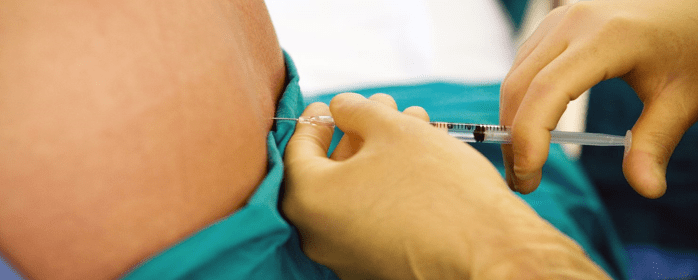

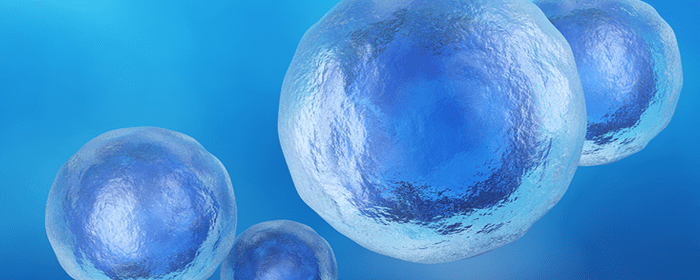
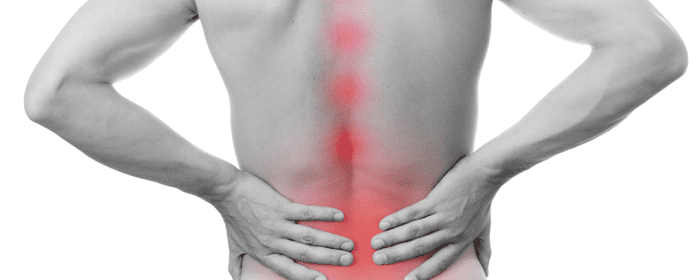
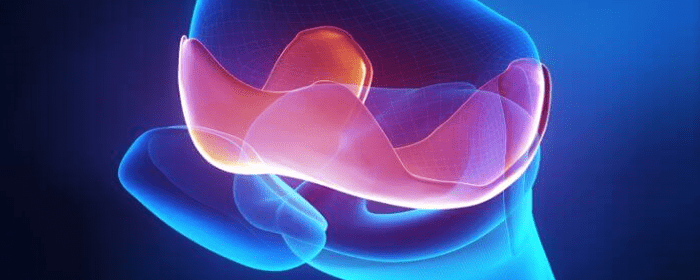
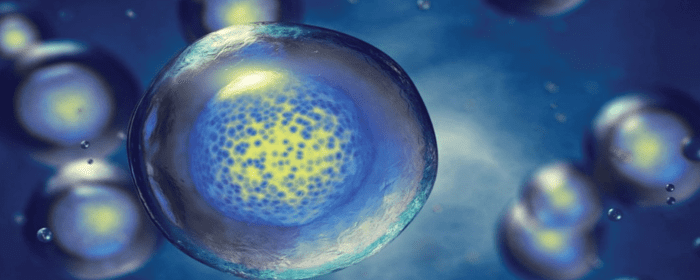
 St. Petersburg, Florida
St. Petersburg, Florida
